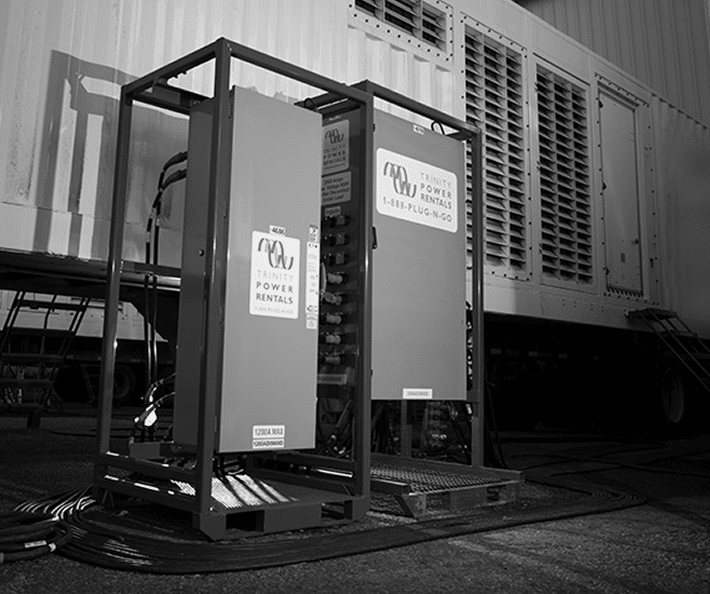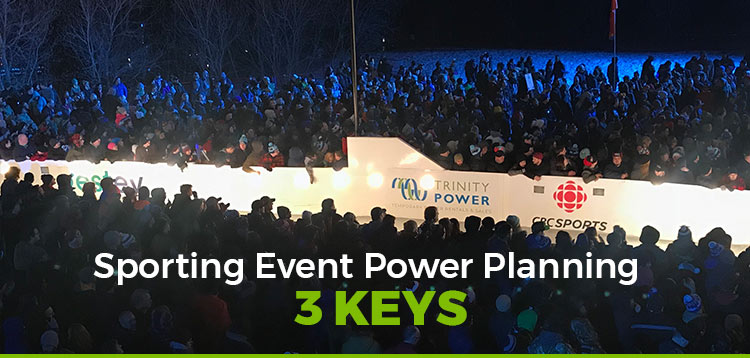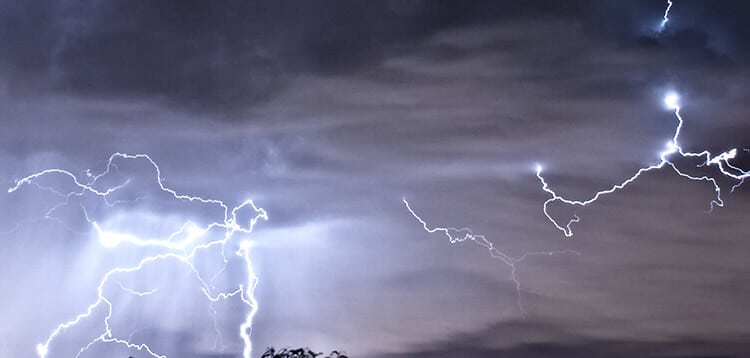- OUR APPROACH
-
COMMITTED TO YOUR SUCCESS
Our approach, developed over decades of experience, is fine-tuned to get the results you want.
We deliver concept-to-completion solutions, designed by temporary power specialists with access to the largest inventory of high-quality power generation and distribution equipment in North America.
-
- Equipment
-
RENTALS
From a wide range of diesel and natural gas generators to transformers, cable, light towers and more, our large rental fleet and extensive vendor network ensure we’ll have the temporary power equipment that your project requires — every time.

-
- Industries
-
INDUSTRIES WE SERVE
For nearly 20 years, we have been at work powering projects across Canada’s industrial sectors.
Select from this sampling of industries to learn how we can put our expertise to work for you.
VIEW ALL- Projects
- About
-
A PROUD HISTORY. A BRIGHT FUTURE.
From our inception in 1998, we have been building our team on a foundation of excellence. Our team members’ passion, expertise and commitment are what have allowed us to grow into a national company with projects across Canada.
Click on the links to learn more about our history, our team or our career opportunities.
- Blog
- Contact
-
From golf tournaments to music festivals, event season has something for everyone — including power industry professionals.
Months, or even years before the gates open and spectators start pouring in, temporary power experts like Ontario’s Digital Electric Inc. are hard at work designing the power systems that make these shows possible.
Since 1987, Digital Electric has been designing and implementing temporary power solutions for events of every size. With a portfolio ranging from local music festivals to major events like the Olympics and the Women’s World Cup, DEI has spent a lot of time thinking about the power behind the show.
We went “behind the scenes” with Digital Electric’s Vice President, Scott Hibbert, to learn all about the company’s event powering process, from planning to wrap-up.
The Scoop: Gathering Information
Event organizers will typically call Digital Electric anywhere from several weeks to a year in advance, depending on the size of the event. Not only does planning the best system for any given event take time, but starting early means having first pick of any equipment that needs to be rented, and being able to keep costs low. “The more time we have to work on it, the better the result is going to be for everyone,” says Hibbert.
Regardless of how far in advance the organizer calls, the Digital Electric team always takes the time to find out exactly what the client needs — what equipment will be on site and needing power, and how much redundancy is required. (In Hibbert’s words, “If the power goes out for 5 minutes, is it the end of the world?” If so, having a reliable backup will be important.)
Getting accurate equipment information is important because depending on what the equipment is and where it’s coming from, the power requirements could be very different. “Sometimes, we run into people coming over from Europe, with European gear, so they require a very specific voltage and cord ends, and special inspections on their equipment,” explains Hibbert.
Acquiring all that information can take a lot of footwork, especially since the point person for any given event is unlikely to be a power expert. Says Hibbert, “A lot of the time, it boils down to getting directly in contact with the person who’s bringing the gear, because then we can get specs directly from the source.”
The Blueprint: Creating Single Line Electrical Drawings
As the conversation with the event organizer progresses, the Digital Electric team works with them to create a single line electrical drawing detailing the power equipment and cables, and how they are going to be connected. “From that point on, everybody’s going to fall back on those drawings and rely on them for setting up,” explains Hibbert. “And if somebody’s missing something at the end of the day, we can fall back on the drawings as well.”
It’s important that the drawings are as accurate as possible because it’s not just one or two Digital Electric team members who’ll be using them.
Along with coordinating their own on-site and shop team and working with various event personnel, Digital Electric frequently partners with local electrical contractors, depending on the size and location of an event. “Electrical code varies depending on location, so it’s always nice to have someone local that knows the inspectors, and knows how things work in that area,” Hibbert says. “Over the years, we’ve created quite a list of reliable people across the country that we’ve worked with and will definitely work with again.”
With all those moving pieces, the single line drawings, combined with the as-built drawings that are created once everything is set up, are a key part of the communication, essential to keeping everything running smoothly.
The Pre-Game: Arranging Equipment and Manpower
While it varies a great deal, Hibbert estimates that a main stage at a festival like Burlington’s Sound Of Music Festival (which Digital Electric has powered) would need 400 amps or more to power the lighting and audio equipment. Thanks to LED lighting technology, that number is now down 200 amps from where it used to be.
In addition to the stage requirements, the generators, cables and other power equipment that Digital Electric supplies has to power office trailers, VIP tents, beer gardens, and, if the festival continues into the night, lighting. And there’s more: “Any vendor that comes in — food trucks, merchant trucks — we would supply power for those as well,” says Hibbert. “If it’s a televised event at any point, TV and production come into play, and they usually require a lot of power.”
Digital Electric must take all of these factors into account, along with the duration and start date of the event when arranging for the equipment that they will need and deciding how much manpower to have available.
Powering a live event is rarely straightforward, and it takes careful attention to logistics and creative problem solving to keep things running smoothly.
Hibbert recalls the 2015 Women’s World Cup as being particularly challenging, in terms of logistics. “It was spread all over the country. And that was the year that Toronto also had the Pan Am games, so it was a big year for Canada, with a lot going on,” he says. “Trying to find enough equipment was very difficult… It was a lot to do, and partnering with Trinity Power on that really helped out with logistics and moving equipment around.
The Rollout: Setting Up and Monitoring Equipment
After all the planning, everything has to come together when the event begins. “On the start date, the boots hit the dirt and we start rolling out equipment,” says Hibbert.
During an event, the Digital Electric team doesn’t rest. “It usually works out that we’re first on site, last to leave,” Hibbert explains. “All of our guys are on site setting up. And once set-up’s complete, they are essentially on standby,” he says. “There are always last-minute things that have been forgotten or need to be done.”
And the work doesn’t stop once the event is running. “During any time that power is on, we have somebody on site basically monitoring everything: checking the generators, doing load tests and being available if there are any issues that arise.”
The Payoff: Enjoying the Show
With everything running smoothly, the Digital Electric team can take a moment to enjoy the show — one of the perks of working in the events and festivals industry.
Hibbert speaks fondly of the work they’ve done in the mountains, for events like the winter Olympics: “It’s a lot of work, but definitely enjoyable to do. You get to be outside. As long as it’s not -50C, it’s not too bad,” he quips.
But the Olympics aren’t the only events Hibbert enjoys doing. “The music festivals [are fun] — especially local ones,” he says. “You get to see the local acts.”
“We also enjoy doing golf events…it’s not a bad office for the week, being on the golf course.”
Related Articles
Subscribe for Access to Exclusive Content
Get insider updates, industry news, special equipment offers, and expert tips—directly to your inbox.
"*" indicates required fields




















